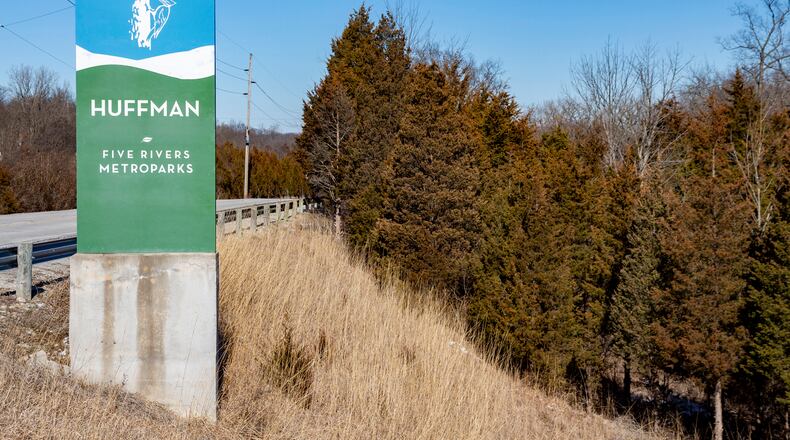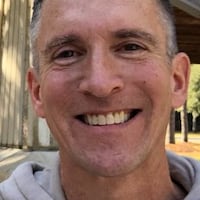Wave the flag
At the turn of the previous century, both wildlife and the environment were in precarious positions. The first to raise the flag about the decline were the outdoorsmen generations before us. Thanks to their foresight, those trends were reversed. We now have access and opportunities close to home in Southwest Ohio, across the state and across the country.
Outdoorsmen became the force pushing for the regulation of fishing and hunting, and funding conservation at scale. They paved the way through the Pittman-Robertson Act and the Dingell-Johnson Act, significant self-imposed excise taxes on hunting, shooting, archery and angling equipment.
The mission of these dollars was to ensure that the resources were accessible and belonged to “we the people,” not a select few. This is a decidedly different concept from other countries.
Together, these two acts have generated more than $25 billion managed by the U.S. Fish and Wildlife Service, with very specific guidelines on their use. The funds can only be used to purchase public land, improve habitat and create additional outdoor recreation opportunities.
Aside from the wildlife and environment as a whole, this benefits not just hunters and anglers, but wildlife watchers, birders, hikers, campers, kayakers or anyone who spends time outdoors. One of the best things you can do for wildlife, whether you’re a hunter, angler, or not in Ohio, is buy a license.
Light the way forward
From those initial ideas of conservation and funding, the North American Model for Wildlife Conservation was formally codified. It sets guidelines for policies and laws to safeguard and restore fish and wildlife habitats. It includes seven interdependent principles.
- Wildlife resources are for all citizens. They’re held in trust to ensure that current and future generations always have wildlife and wild places to enjoy.
- Commercial hunting and the sale of wildlife are prohibited. This is to ensure long-term viability and sustainability.
- Laws and regulations developed by the people and enforced by state and federal agencies will guide the proper use of wildlife resources.
- Individuals may legally take certain wild animals under strict guidelines for food and fur, self-defense, and property protection.
- Because wildlife and fish move freely without recognizing boundaries between states, provinces, and countries, they are considered an international resource.
- Every person should have an equal opportunity under the law to participate in hunting and fishing.
- Science and research will drive decision-making to the benefit of the species in wildlife management.
Exercise your rights
With those tenets in place, there is something for everyone outdoors. Right now, from bird watching to wildflower hikes to fishing to shooting ranges to wading a creek, there are outdoor options made possible by the generations before us.
If you’re looking for a place, check out this interactive map of land managed by the Ohio Department of Natural Resources (ODNR) and its four departments: Ohio State Parks and Watercraft, Ohio Division of Wildlife, Division of Natural Areas and Preserves, and Division of Forestry.
https://odnr.maps.arcgis.com/apps/webappviewer/index.html?id=098a0f05e9f04d818b4f06c9e262c4a3
If you’re looking for a group activity, check out the event calendar: https://ohiodnr.gov/go-and-do/plan-a-visit/events-calendar. (Select SW Ohio to narrow the list within our region - there are a lot of things going on.)
But there’s more. Looking to the fall hunting seasons, the ODNR recently initiated the Ohio Landowner/Hunter Access Partnership (OLHAP) Program. This provides hunters in Ohio with access to select private lands through a partnership between landowners and the ODNR. Check the website for regulations and details. https://ohiodnr.gov/buy-and-apply/hunting-fishing-boating/hunting-resources/ohio-landowner-hunter-access
As our 26th President Theodore Roosevelt said, writing about conservation and lands in the United States, “We have fallen heirs to the most glorious heritage a people ever received, and each one must do his part if we wish to show that the nation is worthy of its good fortune.” It’s our duty to both enjoy and protect those resources. Better still, don’t go it alone. Take along someone who wouldn’t ordinarily go outside so that they get to know what’s theirs and the value as well.
Devin Meister is a local outdoors and wildlife enthusiast and has a blog called “Average Guy Outdoors.” He is an Ohio University graduate. Reach him at meister.devin@gmail.com.
Resources
ODNR Lands Map
https://odnr.maps.arcgis.com/apps/webappviewer/index.html?id=098a0f05e9f04d818b4f06c9e262c4a3
ODNR Events
https://ohiodnr.gov/go-and-do/plan-a-visit/events-calendar
Ohio Landowner/Hunter Access Program
History of Federal Public Lands
Pheasants Forever Habitat
https://www.pheasantsforever.org/Habitat/Public-Land.aspx
North American Model of Wildlife Conservation
https://en.wikipedia.org/wiki/North_American_Model_of_Wildlife_Conservation
About the Author


